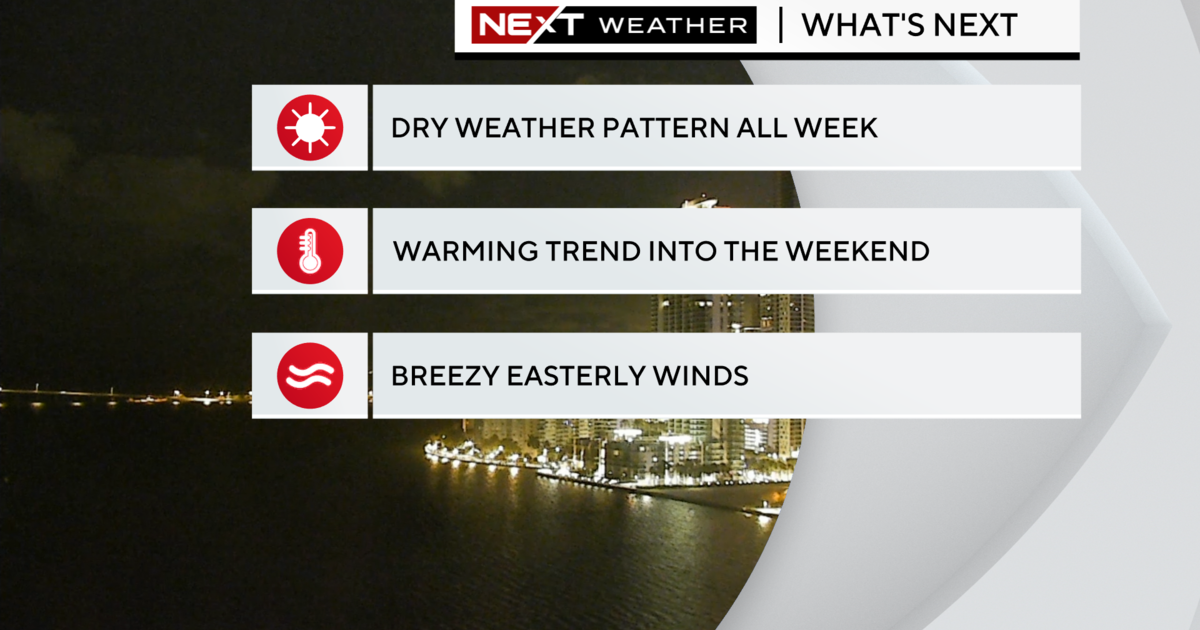Matthew Spares Cocoa Beach, Causes Major Power Outages
Follow CBSMIAMI.COM: Facebook | Twitter
CAPE CANAVERAL (CBSMiami/AP) — The danger is still not over as Hurricane Matthew continues to sideswipe Florida's Atlantic coast Friday.
Matthew was downgraded to a Category 2 hurricane Friday, and its storm center, or eye, hung just offshore as it moved up the coastline, sparing communities the full force of its high winds.
Still, it got close enough to knock down trees and power lines, damage buildings and flood streets.
At daybreak, 15-foot waves crashed along the shoreline. Those who were curious popped out to assess what had transpired.
Cocoa Beach resident Scott Martin stayed on the island as his neighbors evacuated.
"We got lucky that it stayed off, very fortunate that it stayed off," said Martin.
His neighbors haven't been able to re-enter the island yet.
"I went to all the neighbors' houses. We took video of each house all the way around to let them know what damage so they felt better," said Martin.
Melbourne, right next to Cocoa Beach, was hit by wind gusts of up to 107 mph.
NASA reported mostly minor damage at the Kennedy Space Center in Cape Canaveral, including damage to some parked cars and an office building roof.
A little to the north in historic St. Augustine, which is the nation's oldest permanently occupied European settlement and includes a 17th-century Spanish fortress and many historic homes turned into bed-and-breakfasts, was awash in rain and seawater that authorities said could top 8 feet.
"It's a really serious devastating situation," the mayor of the city of 14,000 said. "The flooding is just going to get higher and higher and higher."
Power was knocked out to more than 800,000 people.
Authorities warn the danger is far from over, with hundreds of miles of coastline in Florida, Georgia and South Carolina still under threat of torrential rain and deadly storm surge as the most powerful hurricane to menace the Atlantic Seaboard in over a decade pushed north.
About 500,000 people were told to evacuate the Jacksonville area, and another half-million were under orders to clear out in Georgia.
Forecasters said 15 inches of rain and a storm surge of up to 9 feet were possible in places.
National Hurricane Center Director Rick Knabb reminded people in the danger zone that storm surge is the biggest threat to life during a hurricane, even when the eye remains offshore.
"If you're hoping it's is just going to pass far enough offshore that this isn't a problem anymore — that is a very, very big mistake that you could make that could cost you your life," he said.
(TM and © Copyright 2016 CBS Radio Inc. and its relevant subsidiaries. CBS RADIO and EYE Logo TM and Copyright 2016 CBS Broadcasting Inc. Used under license. All Rights Reserved. This material may not be published, broadcast, rewritten, or redistributed. The Associated Press contributed to this report.)



